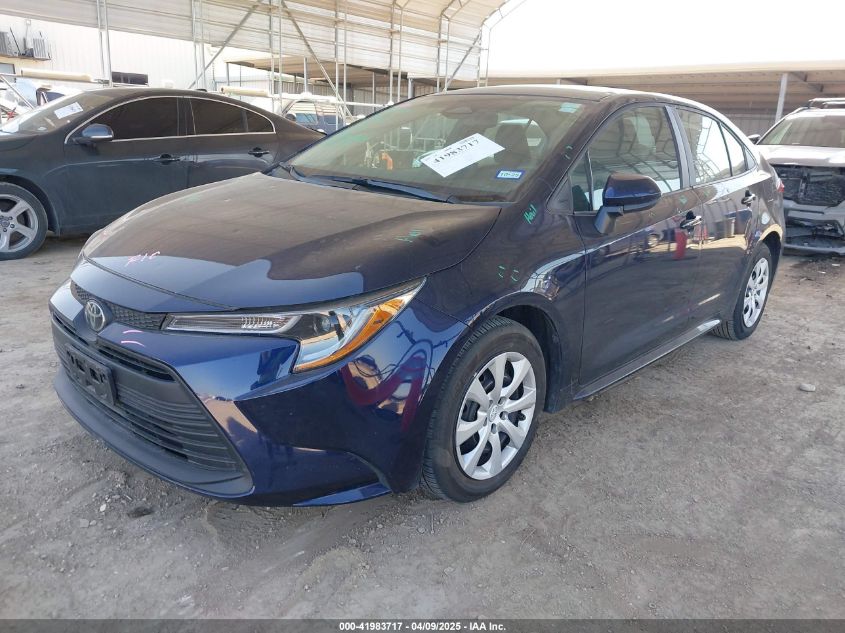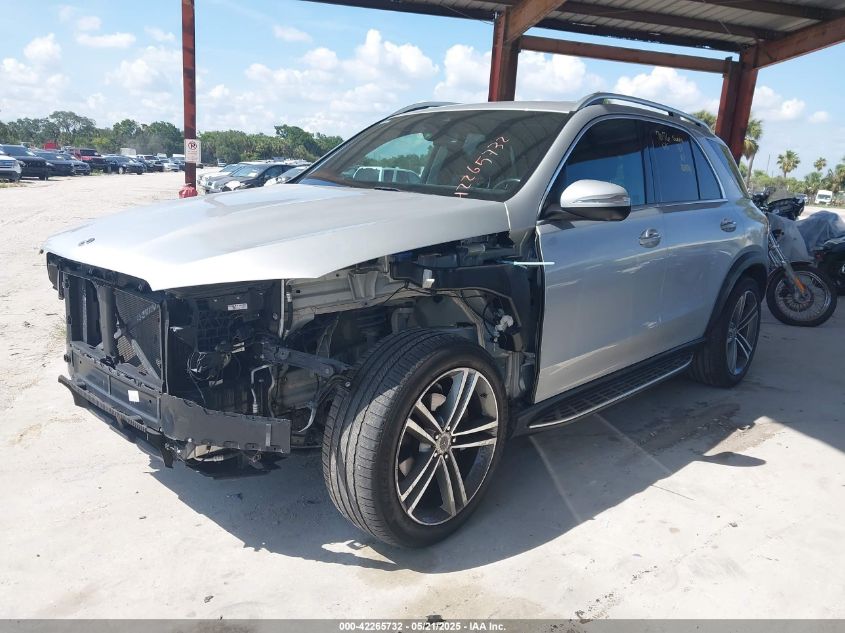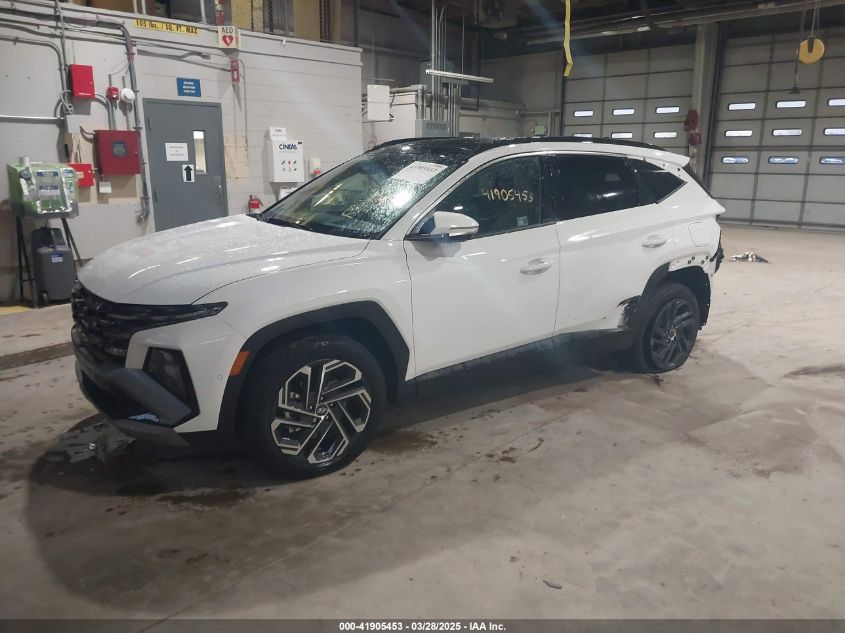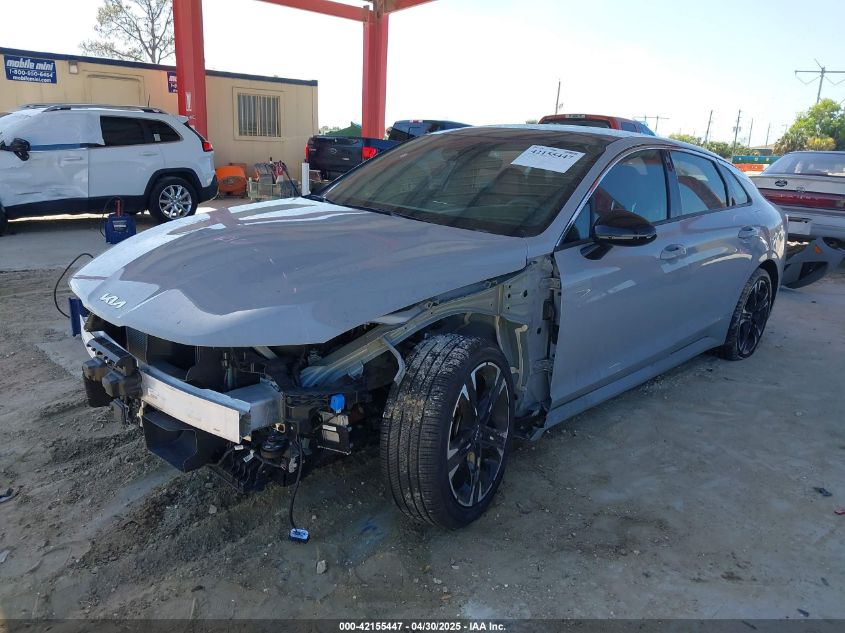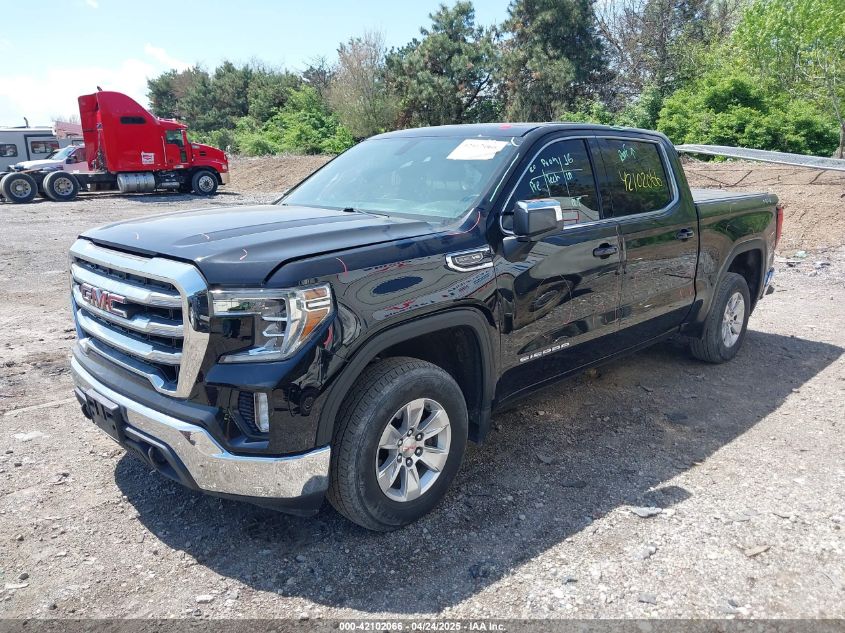2023 AUDI Q4 | WA1BCBFZ3PP019686
2023 AUDI Q4 | WA1BCBFZ3PP019686
Specifications
3
~$60,000
Engine: Dual electric motors (AWD)
Torque: 460 Nm
0–100 km/h: ~6.2 s
The Audi Q4 50 e-tron quattro delivers a satisfying electric driving experience with instant torque, refined power delivery, and competent all-wheel-drive grip. With 295 hp and 460 Nm of torque, it accelerates from 0–100 km/h in around 6.2 seconds — quick enough to match or beat many compact crossovers powered by turbocharged engines. The electric motors (one on each axle) offer seamless acceleration with no gear shifts or turbo lag, making it especially effective for urban agility and confident highway merging.
While the Q4 e-tron rides on the Volkswagen Group’s MEB platform (shared with VW ID.4 and Skoda Enyaq), Audi has tuned the suspension, throttle mapping, and steering to deliver a more premium, dynamic feel. It’s not an aggressive performer, but body roll is minimal and handling is cleanly executed. With its low center of gravity from the battery pack and optional adaptive suspension, the Q4 feels secure and surprisingly agile for an electric SUV in its class.
The Q4 e-tron emphasizes smoothness and efficiency, but in 50 quattro guise, it delivers more than enough athleticism for spirited everyday driving — especially in S line form, where sporty design meets refined electric power.
Body Styles
The Audi Q4 e-tron is a compact luxury electric SUV, offered in two body styles: the standard SUV and the Sportback with a coupe-like sloping rear roofline. Both variants share a bold, futuristic design language — with a large closed-off singleframe grille, matrix LED headlights, sculpted flanks, and short overhangs. The Sportback adds visual flair and aerodynamic benefits with its fastback silhouette, while the standard version emphasizes practicality and headroom. A 2764 mm wheelbase allows for generous interior space within compact exterior dimensions, and both versions ride on a platform optimized for EV architecture, with flat floors and minimized intrusion.
Model Name Meaning (Manufacturer)
The name Audi Q4 follows Audi’s established alphanumeric naming strategy, where each part of the model name conveys vehicle type and position within the brand hierarchy. The “Q” prefix is used exclusively for SUVs and crossovers, while the number indicates the vehicle’s relative size and ranking within the lineup.
The "Q" stands for "quattro", Audi’s signature all-wheel drive system — even though not all Q models come standard with quattro, the letter symbolizes versatility, elevated ride height, and off-road capability, distinguishing these vehicles from Audi’s sedans and coupes.
The number “4” places the Q4 between the Q3 (compact SUV) and Q5 (midsize SUV), signaling that the Q4 is a compact-to-midsize crossover, but with more advanced design, space, or powertrain options than the Q3. In the case of the Q4 e-tron, it also marks Audi’s entry-level fully electric SUV, making it a bridge between mainstream crossovers and the premium electric e-tron series.
From a manufacturer’s standpoint, the name Q4 was carefully chosen to support Audi’s global naming consistency and reinforce its position as a modern, electric-ready SUV. It is also deliberately language-neutral, ensuring global recognition and ease of pronunciation across markets.
Body & Interior Colors and Rims
The Q4 e-tron is offered in colors like Glacier White, Navarra Blue, Mythos Black, Pebble Gray, Geyser Blue, and Aurora Violet. S line trims include body-color cladding, sportier bumpers, and gloss black elements for a more athletic appearance. Matrix LED lights and animated light signatures add visual sophistication, while the Sportback includes a distinctive spoiler integrated into the midline of the rear window.
Inside, the Q4 e-tron adopts a clean, minimalist design language centered around sustainability and functionality. The 10.25-inch digital instrument cluster (Virtual Cockpit) is standard, and higher trims include a 11.6-inch MMI touchscreen with intuitive EV-specific interfaces. Materials include recycled microfibers, leatherette, or optional genuine leather and wood/metal inlays. Interior colors range from black and gray to beige and navy tones, with contrast stitching and customizable ambient lighting. The flat floor and floating center console enhance spatial freedom, while cargo capacity remains competitive — especially in the upright SUV version.
Wheels range from 19-inch aerodynamic alloys to 21-inch multi-spoke or turbine-style designs. S line variants offer bolder, sportier wheels with dark or machined finishes, matching the vehicle’s upscale performance look while minimizing drag.
Top Expensive Options
- Matrix LED Headlights with Dynamic Indicators: $1,200
- 21" Audi Sport Wheels with Summer Tires: $1,800
- S line Interior Package with Sports Seats and Contrast Stitching: $1,300
- Bang & Olufsen 10-Speaker Premium Audio: $950
- Augmented Reality Head-Up Display: $1,500
- Adaptive Cruise Assist with Lane Centering: $850
- Dual-Zone Climate with Rear Touch Panel Controls: $650
- Panoramic Glass Roof with Power Sunshade: $1,100
- Heated Steering Wheel with Haptic Buttons: $400
- Heat Pump (Efficiency Booster in Cold Climates): $1,000
vs Competitors
The Q4 e-tron competes with the Tesla Model Y, Volvo XC40 Recharge, BMW iX1, Mercedes EQA, and Genesis GV60. While the Model Y leads in range and performance, the Audi offers better cabin materials, tactile interfaces, and premium driving isolation. Against the XC40 Recharge, the Q4 wins on refinement and digital architecture, though Volvo’s performance is punchier. The iX1 is more agile and compact, but the Q4 provides more interior room and better cargo space. Genesis offers more luxury features at similar price points, but Audi’s brand cachet, quattro system, and build quality hold significant appeal. Ultimately, the Q4 e-tron stands out for delivering everyday luxury, EV practicality, and Audi-specific design execution in a compact footprint.
Fun Fact
The Audi Q4 e-tron was the first Audi model built on the Volkswagen Group’s dedicated MEB electric platform, marking a major shift in how the brand approaches EV architecture. It also introduced augmented reality head-up display technology in the compact SUV segment, projecting navigation arrows and hazard alerts onto the road ahead — a feature previously reserved for Audi’s flagship models.
Lot Details
-
Sale Date14/Jun/2025
-
Lot Number41921675
-
Sale document
-
Location
-
Odometer19,731 miles (31,754 km)
-
Primary Damage:RIGHT SIDE
-
Seller
-
Fuel
-
Transmission
Final Bid Audi Q4 (2023)
$12,400
$17,196
$22,300
Specifications
3
~$60,000
Torque:
0–100 km/h:
The Audi Q4 50 e-tron quattro delivers a satisfying electric driving experience with instant torque, refined power delivery, and competent all-wheel-drive grip. With 295 hp and 460 Nm of torque, it accelerates from 0–100 km/h in around 6.2 seconds — quick enough to match or beat many compact crossovers powered by turbocharged engines. The electric motors (one on each axle) offer seamless acceleration with no gear shifts or turbo lag, making it especially effective for urban agility and confident highway merging.
While the Q4 e-tron rides on the Volkswagen Group’s MEB platform (shared with VW ID.4 and Skoda Enyaq), Audi has tuned the suspension, throttle mapping, and steering to deliver a more premium, dynamic feel. It’s not an aggressive performer, but body roll is minimal and handling is cleanly executed. With its low center of gravity from the battery pack and optional adaptive suspension, the Q4 feels secure and surprisingly agile for an electric SUV in its class.
The Q4 e-tron emphasizes smoothness and efficiency, but in 50 quattro guise, it delivers more than enough athleticism for spirited everyday driving — especially in S line form, where sporty design meets refined electric power.
Body Styles
The Audi Q4 e-tron is a compact luxury electric SUV, offered in two body styles: the standard SUV and the Sportback with a coupe-like sloping rear roofline. Both variants share a bold, futuristic design language — with a large closed-off singleframe grille, matrix LED headlights, sculpted flanks, and short overhangs. The Sportback adds visual flair and aerodynamic benefits with its fastback silhouette, while the standard version emphasizes practicality and headroom. A 2764 mm wheelbase allows for generous interior space within compact exterior dimensions, and both versions ride on a platform optimized for EV architecture, with flat floors and minimized intrusion.
Model Name Meaning (Manufacturer)
The name Audi Q4 follows Audi’s established alphanumeric naming strategy, where each part of the model name conveys vehicle type and position within the brand hierarchy. The “Q” prefix is used exclusively for SUVs and crossovers, while the number indicates the vehicle’s relative size and ranking within the lineup.
The "Q" stands for "quattro", Audi’s signature all-wheel drive system — even though not all Q models come standard with quattro, the letter symbolizes versatility, elevated ride height, and off-road capability, distinguishing these vehicles from Audi’s sedans and coupes.
The number “4” places the Q4 between the Q3 (compact SUV) and Q5 (midsize SUV), signaling that the Q4 is a compact-to-midsize crossover, but with more advanced design, space, or powertrain options than the Q3. In the case of the Q4 e-tron, it also marks Audi’s entry-level fully electric SUV, making it a bridge between mainstream crossovers and the premium electric e-tron series.
From a manufacturer’s standpoint, the name Q4 was carefully chosen to support Audi’s global naming consistency and reinforce its position as a modern, electric-ready SUV. It is also deliberately language-neutral, ensuring global recognition and ease of pronunciation across markets.
Body & Interior Colors and Rims
The Q4 e-tron is offered in colors like Glacier White, Navarra Blue, Mythos Black, Pebble Gray, Geyser Blue, and Aurora Violet. S line trims include body-color cladding, sportier bumpers, and gloss black elements for a more athletic appearance. Matrix LED lights and animated light signatures add visual sophistication, while the Sportback includes a distinctive spoiler integrated into the midline of the rear window.
Inside, the Q4 e-tron adopts a clean, minimalist design language centered around sustainability and functionality. The 10.25-inch digital instrument cluster (Virtual Cockpit) is standard, and higher trims include a 11.6-inch MMI touchscreen with intuitive EV-specific interfaces. Materials include recycled microfibers, leatherette, or optional genuine leather and wood/metal inlays. Interior colors range from black and gray to beige and navy tones, with contrast stitching and customizable ambient lighting. The flat floor and floating center console enhance spatial freedom, while cargo capacity remains competitive — especially in the upright SUV version.
Wheels range from 19-inch aerodynamic alloys to 21-inch multi-spoke or turbine-style designs. S line variants offer bolder, sportier wheels with dark or machined finishes, matching the vehicle’s upscale performance look while minimizing drag.
Top Expensive Options
- Matrix LED Headlights with Dynamic Indicators: $1,200
- 21" Audi Sport Wheels with Summer Tires: $1,800
- S line Interior Package with Sports Seats and Contrast Stitching: $1,300
- Bang & Olufsen 10-Speaker Premium Audio: $950
- Augmented Reality Head-Up Display: $1,500
- Adaptive Cruise Assist with Lane Centering: $850
- Dual-Zone Climate with Rear Touch Panel Controls: $650
- Panoramic Glass Roof with Power Sunshade: $1,100
- Heated Steering Wheel with Haptic Buttons: $400
- Heat Pump (Efficiency Booster in Cold Climates): $1,000
vs Competitors
The Q4 e-tron competes with the Tesla Model Y, Volvo XC40 Recharge, BMW iX1, Mercedes EQA, and Genesis GV60. While the Model Y leads in range and performance, the Audi offers better cabin materials, tactile interfaces, and premium driving isolation. Against the XC40 Recharge, the Q4 wins on refinement and digital architecture, though Volvo’s performance is punchier. The iX1 is more agile and compact, but the Q4 provides more interior room and better cargo space. Genesis offers more luxury features at similar price points, but Audi’s brand cachet, quattro system, and build quality hold significant appeal. Ultimately, the Q4 e-tron stands out for delivering everyday luxury, EV practicality, and Audi-specific design execution in a compact footprint.
Fun Fact
The Audi Q4 e-tron was the first Audi model built on the Volkswagen Group’s dedicated MEB electric platform, marking a major shift in how the brand approaches EV architecture. It also introduced augmented reality head-up display technology in the compact SUV segment, projecting navigation arrows and hazard alerts onto the road ahead — a feature previously reserved for Audi’s flagship models.


